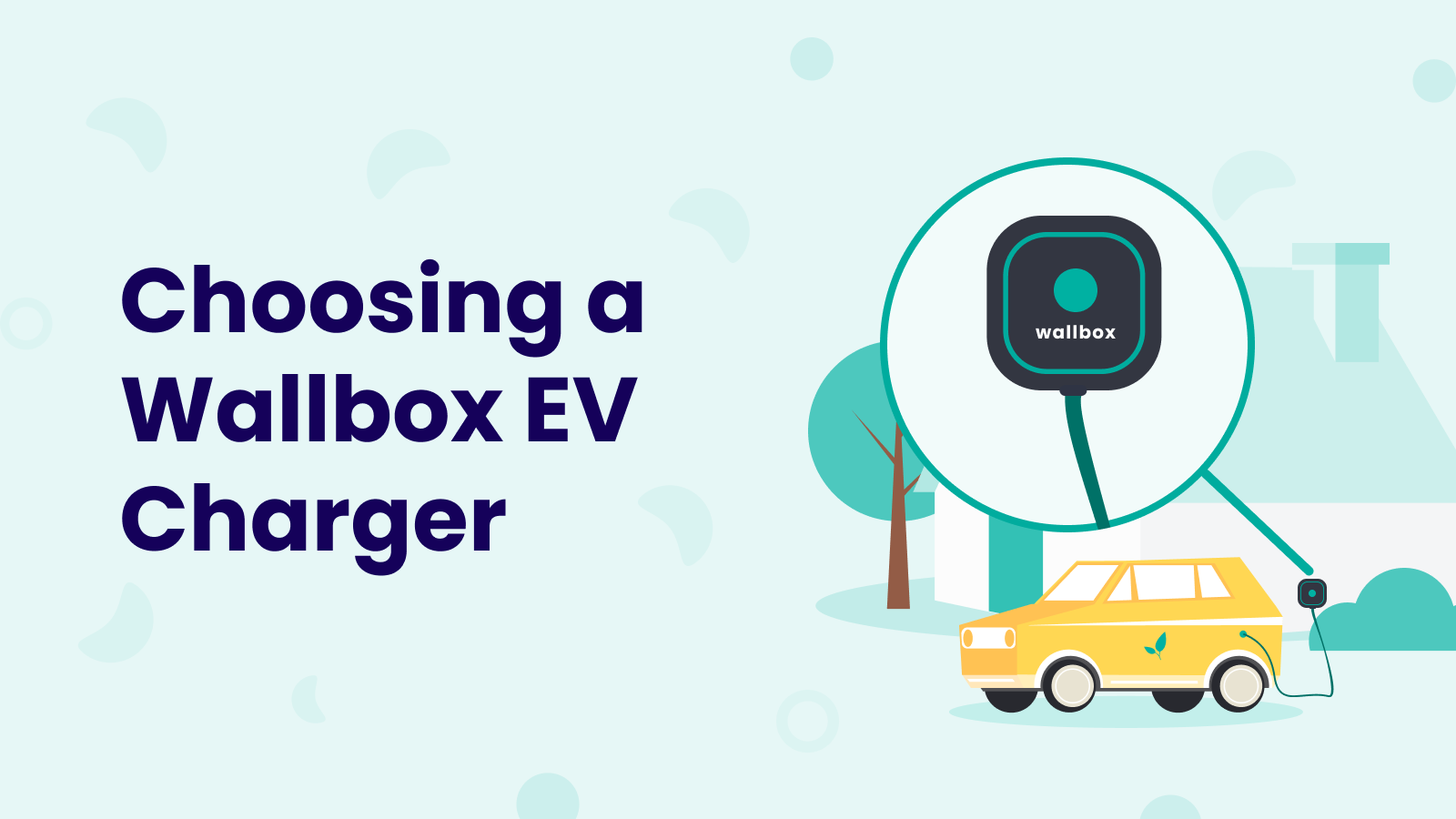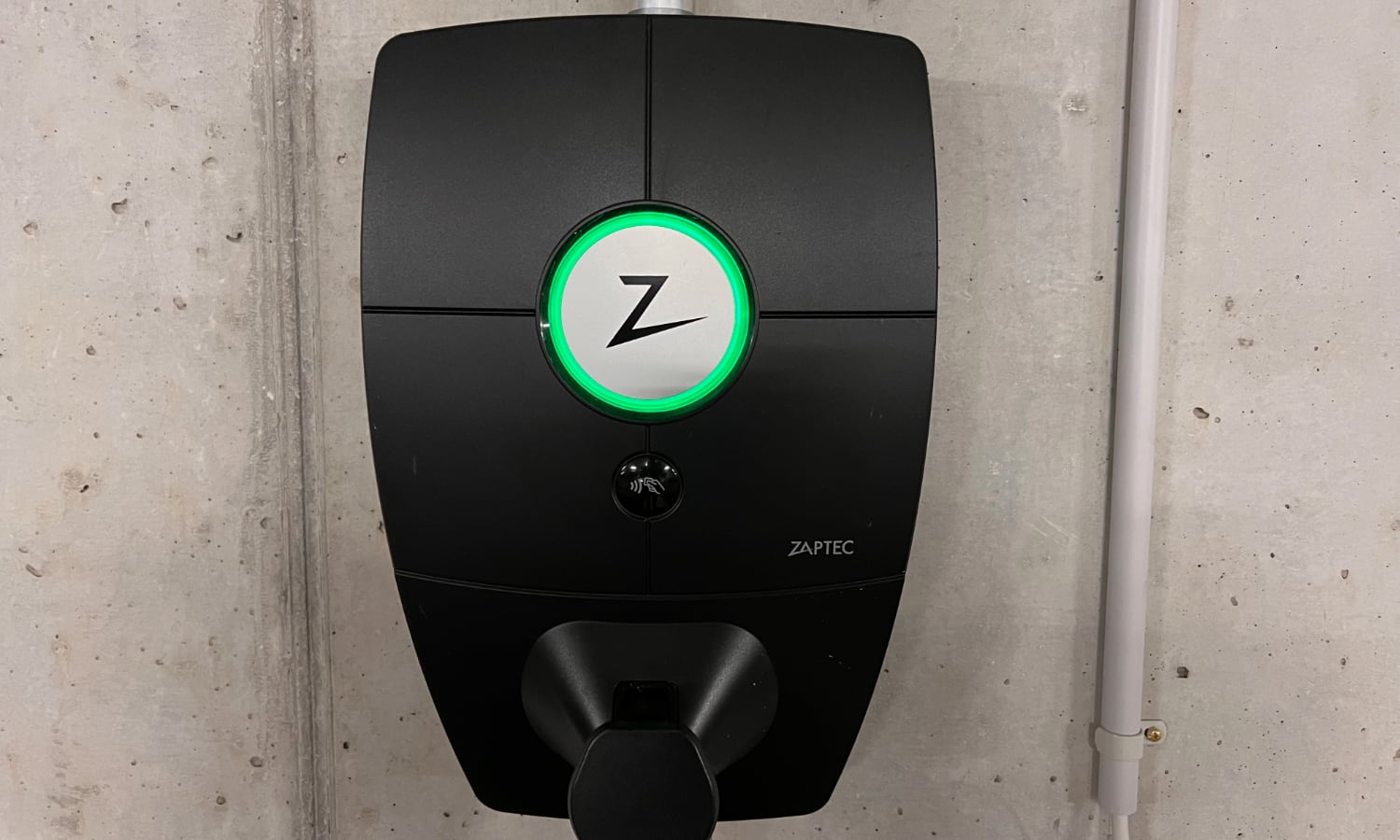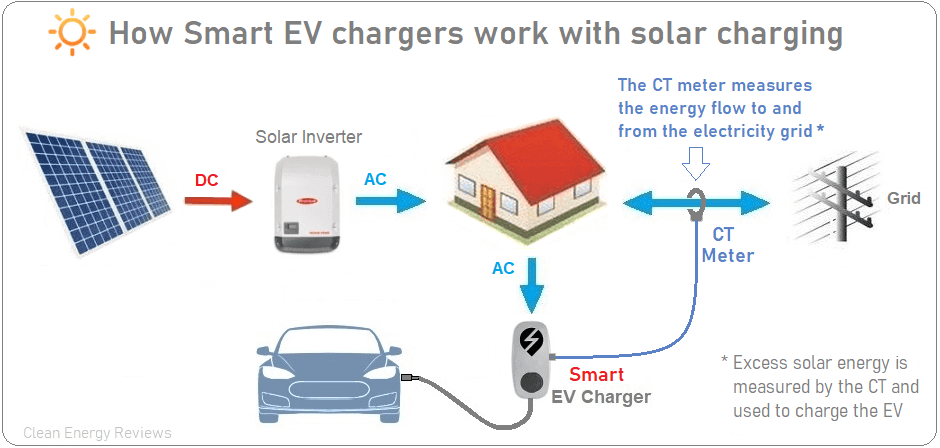Wallbox EV Charger: How to Choose the Right One
Have you bought your first electric vehicle or just considering it? A crucial aspect that comes with the decision is to solve the charging question – where to charge, which cable to use, and what the power level is. There are several good summaries to explain the different classification of levels, modes and types of the connectors. This is well-covered, so we won’t dig deeper into that here, but will instead focus on the most preferred charging option for EVs: Level 2/Mode 3 charging with a dedicated wallbox. This installation enables you to charge securely at home during the times when the charging causes the least emissions and cost.

There are numerous wallbox providers. The wallbox EV charger is actually not a charger as many people would think, but only a device that feeds AC to the EV. By using wallboxes, a vehicle onboard charger is being used for converting AC to DC. In contrast, at roadside, DC fast charging is the more powerful charging electronics located in the fast charging cabin. The electrons flowing to the charging cable are already in DC mode. A wallbox has inside electronic components that control the safety and switching of the AC from your household grid. The power level could be from one phase 3.7 kW to 3-phase 22 kW. Most contemporary vehicles have on board chargers with 3-phase charging and maximum charging power of 11 kW. However, some first EV models might only have 1-phase charging, and there are some models that you could charge at home even up to 22 kW-s. Let’s look at some of the important features that you should consider when choosing a suitable wallbox.
Smart or not smart EV wallbox charger?
The simplest wallboxes let you charge your vehicle at a fixed power level and might not do much more. Some also have display and maximum output power adjusting options. Cheaper versions do not have a fixed cable with plug but only a socket where the user must plug its one cable. One of the crucial features of a wallbox is connectivity (by hardwiring, WIFI or 4G). Most importantly, this enables switching the charger on remotely either instantly or by scheduling charging sessions. It might also enable you to adjust the power level, see charging statistics and open charging for anyone via different authorisation options. Having an app for all these functions eliminates the need for a display on the wallbox.

Dynamic load balancing
Most household’s electricity grid connection maximum amperage has not been dimensioned to enable EV charging. Therefore, charging with 11 kW might trigger the main circuit breaker, resulting in a loss of power for all devices. The problem is even greater if you are also running other devices during night, when electricity tends to be cheaper. It is not uncommon in modern households to have the heat pump, washer, dishwasher, and tumble dryer all operating at the same time. Add an EV trying to charge and you end up with a combined big power draw.
Luckily, there is a solution to this problem that is called dynamic load balancing. This concept involves the installation of a smart meter to the main switchgear. This meter measures the total consumption of the household and directs all the leftover power capacity to charging the EV. This ensures that the charging process is as fast as possible with the current grid contract. Wallbox producers or installation companies will sell you a compatible smart meter that works with the smart wallbox that adjusts the power level constantly according to the available power.
Want to measure how driving an EV impacts your household carbon footprint?
Starting the charging process from the vehicle side
Most EV original equipment manufacturer apps let you also start charging, and some also remotely schedule the charging time. A user could compare the charging cost daily and manually set up charging for each night. This might be a nuisance for most and fortunately there are more convenient options available. In the last years several EV charging apps have appeared that enable starting the charging process through using connection with the vehicles via using API. The app developers have implemented the integration with different cars and some also with connected chargers. By using such an app, one could switch the charging process also when charging with a dumb charger, or even with a vehicle’s provided EVSE cable. Such apps available in Europe include Mona, True Energy, or Gridio.
Charging with your own solar power
Charging only during periods of excess power from your own solar installation ensures the electricity source is clean, and also keeps costs down as grid fees will be saved. There are several charger brands that offer this option, and this feature is most commonly included in smart chargers that are also capable of dynamic load balancing. In addition to a connected charger, you should also have a smart meter installed. This might be an extra meter behind the grid meter or in some cases it might be possible to get the data from the grid installed smart meter. In general, the setup is similar to dynamic load balancing as the household total export/import is being measured and the charging process is constantly adjusted by this input.
 Diagram via Clean Energy Reviews
Diagram via Clean Energy Reviews
Which EV wallbox charger to choose?
As mentioned above, the selection of wallboxes is very wide. The need and availability of the features described above should make the selection easier for you. There are comparison tests carried out that can help you to make selections. For the European market, German ADAC has recently reviewed and tested Wallboxes available in Europe. North American consumers might get some hints from Car and Driver magazine or Clean Energy Reviews. We recommend you also consider the excellent charger brands that we have integrated into the Zerofy app: Easee and Zaptec. By using these chargers, you can see the emissions from your home charging in your total emissions balance in the Zerofy app, a great benefit as you aim to reduce your household carbon footprint.